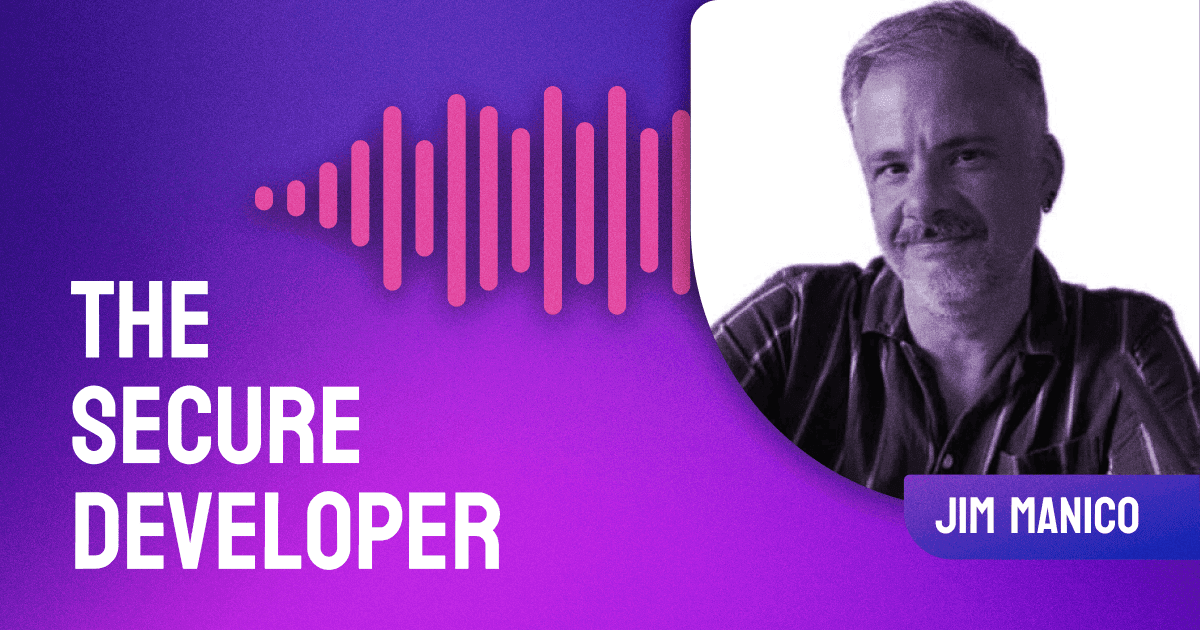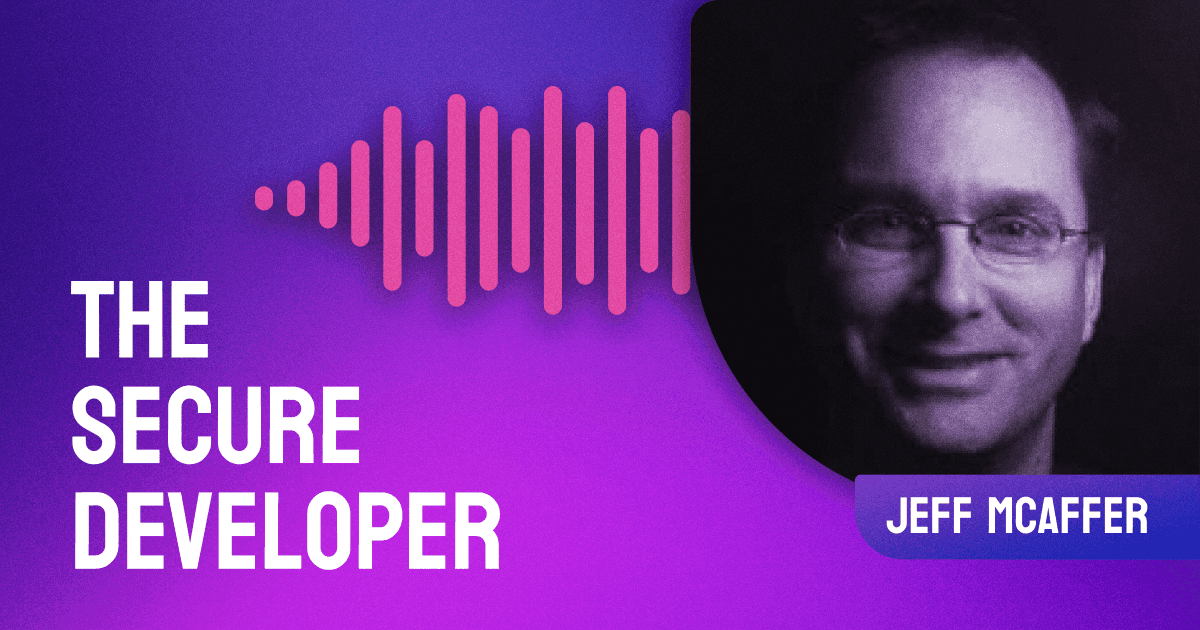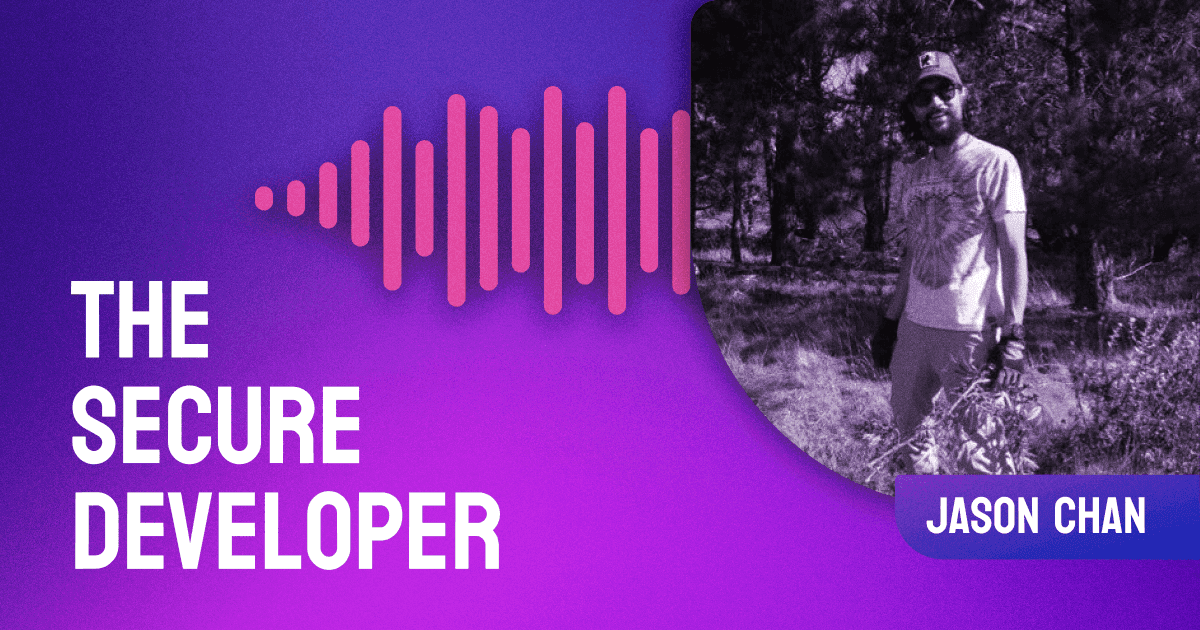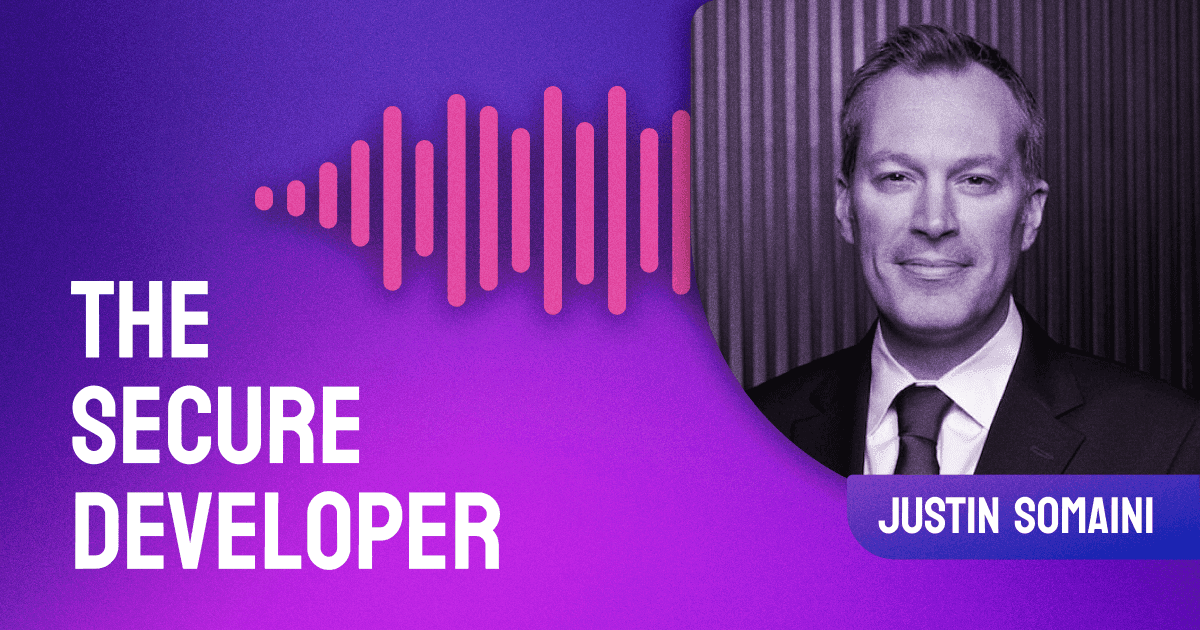In episode 25 of The Secure Developer, Guy meets with Simon Bennett, VP Product at Bitnami, to discuss golden images, image layering, and how Bitnami helps accelerate application delivery across multiple clouds.
The post Ep. #25, Golden Images with Simon Bennett of Bitnami appeared first on Heavybit.





